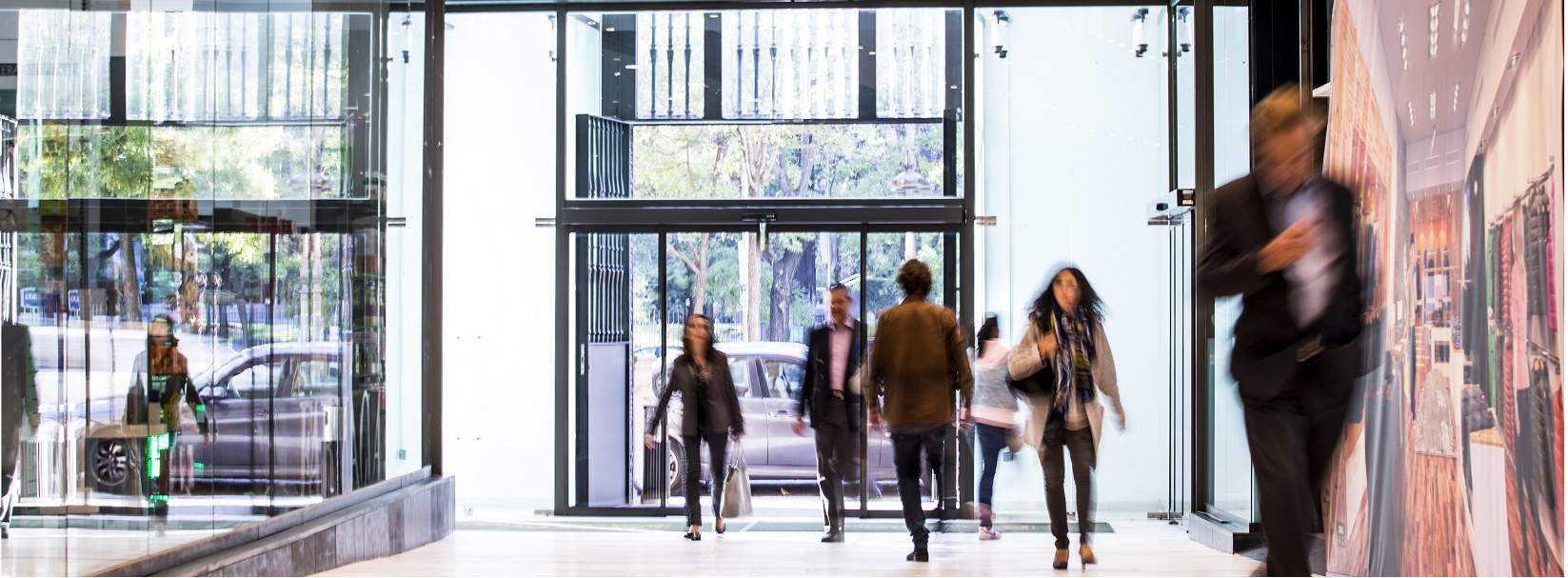All shopping centres are faced with challenges; none are immune to the ebb and flow of consumer society and the fluctuations that that brings with it.
Shopping centre management is therefore a complex area in which all players must be perfectly in sync; from retailers operating in the centres to the property managers and of course the owners themselves.
Owners playing an active role is the key to achieving good management. Being flexible in terms of decision-making and being able to adapt and react to difficult situations, as well as striking a balance between the roles of all parties involved is fundamental to achieving the best possible performance in a shopping centre.
That is why today I have decided to address a situation that we see on a regular basis in our day-to-day and also in the real estate sector in general: namely “catch 22”, a logic made famous by the Joseph Heller novel, published in 1961. A “catch 22” is a situation which presents two equally undesirable outcomes for the person affected.
This can be applied to the classic situation in which a shopping centre is becoming outdated and requires investment in order to reposition it. However, it is often for this exact same reason i.e. because the centre is not performing well at that particular point in time, that the owners do not want to invest in it, a decision that then causes the centre to gradually decline. The more dated a centre is, the less attractive it is for retailers and customers; and the less attractive it is for retailers, the lower the level of demand and the higher the probability that the centre will end up being permanently shut out from the retail market.
Owners playing an active role is the key to achieving good management
The novel tells the story of an American pilot in the Second World War that feigned madness in order to avoid having to go into combat. However, the catch 22 logic is that nobody of a sane mind would want to fly a bomber plane, such that his claim shows that he is in fact sane and that he should continue flying.
Logic also dictates that any pilot wanting to fly is proof that they are not of a sane mind and therefore they must be relieved from duty, however, this would require the pilot sending a case review request. As soon as the pilot does this, the catch 22 is in play and the pilot is considered sane, as nobody of an insane mind would lodge a case review request. In short, there is absolutely no way of getting out of the system.
As consultants, we are faced with our own never-ending dilemma: how to persuade a retailer to open a store in a centre which is clearly receiving no investment, and how to persuade an owner to invest in a centre which has zero appeal from retailers.
Shopping centres that are not updated and that do not move with the times, end up becoming unattractive for customers and brands, a mix that causes the centre to gradually deteriorate
The difficulty lies in the fact that we can never categorically say that refurbishing a shopping centre will guarantee that it will then be successfully let up, no solutions that we propose will put investors completely at ease, particularly in a sector where success and failure are intrinsically linked to a series of variables which are very difficult to predict. However, despite this uncertainty, there is a truth that is hard to contest and one that we have already seen proven on more than one occasion: shopping centres that are not updated and that do not move with the times, end up becoming unattractive for customers and brands, a mix that causes the centre to gradually deteriorate and that little by little leaves the centre lifeless.
This process is sometimes quick to happen and other times slow... but the undeniable fact is that it is a question of when, not if.
It is perfectly understandable that owners have certain reservations when deciding whether to make a significant investment or not, but deciding not to invest will only either mean that an even larger investment will be required within a short space of time or the property will suffer an “irreversible” loss of value. This is why this decision is so important.
Reading the situation accurately is key; what is required in each case must be carefully valued, assessing the investor profile, their interests and the genuine potential of each property. The key in each case is knowing where we are and where we can realistically get to.
Shopping centres that are relatively old have many positives to offer; they are proof that they have been able to stand the test of time and that they satisfy a need in their catchment area, they are stable, solid and undoubtedly necessary. Many of their customers associate them with fond memories from their childhood or adolescence, good times and experiences. It is just a question of recapturing these emotions, successfully updating them and transmitting them to future customers.
Not all shopping centres are the same, and they do not need to be, as each one must be geared to its own public, and the brands, retail mix and rental levels must be right for each individual case in order to ensure success. There is room for everyone, it’s just about finding the right point for everyone to fit in.





.jpg)



.jpg)
